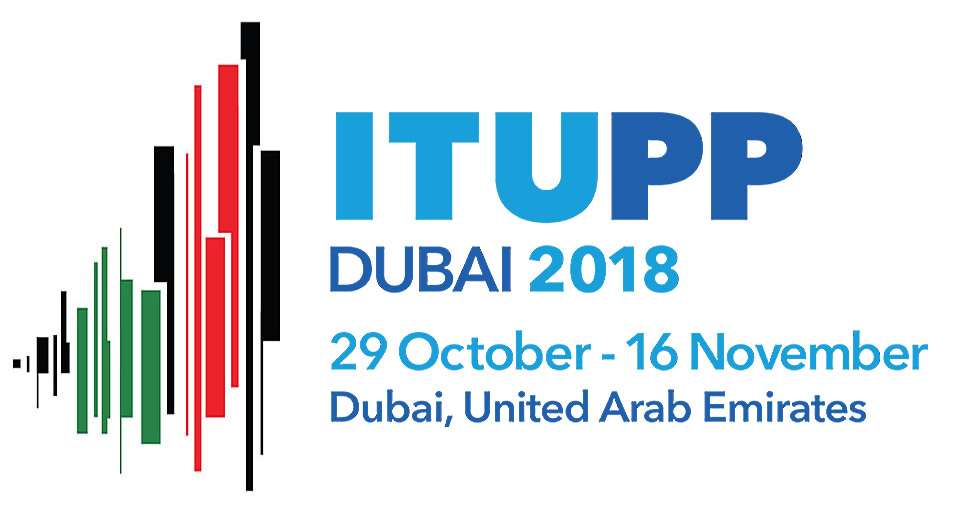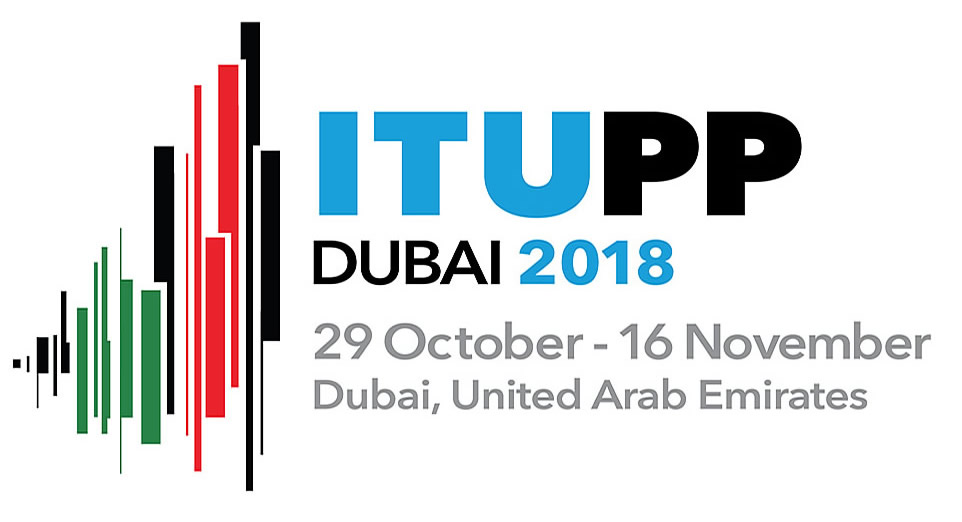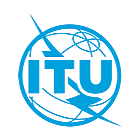
ITU Member States have continued to approve a number of resolutions, including:
Conformance and interoperability of equipment and systems
ITU Member States have approved a resolution reaffirming ITU’s important role in developing international telecommunication standards to assure the conformance and interoperability of ICT equipment and systems.
As an international standards organization, a considerable proportion of ITU’s technical standards work is based on developing criteria and requirements to fulfil conformance and interoperability (C&I).
Conformance means that telecom equipment or technologies conform or comply with the technical requirements specified in a standard or part thereof. Interoperability is the ability of two or more systems or applications to exchange information and to mutually use the information that has been exchanged. It means that equipment or a system should be designed and deployed in such a way that it can operate alongside another equipment or system (or at the most basic level “they should understand each other”).
Conformance and interoperability will help operators to deploy multi-technology-based networks, for example to assist the interconnection of satellite, mobile and fixed phones. Opening up and making different products interoperable can enhance competition among vendors and benefit consumers.
ITU Member States resolve that the C&I programme of work continue to be implemented.
The work is based on four pillars:
- Assessments of conformity with standards;
- Hosting events to examine and raise awareness around interoperability;
- Capacity-building and training programmes;
- Assistance in the establishment of test centres and C&I programmes in developing countries.
Bridging the ‘standardization gap’
ITU Member States have approved an updated resolution to promote the increased participation of developing countries in ITU’s standardization process with a view to bridging the ‘standardization gap.’
International standards, developed rapidly in line with the principles of global connectivity, openness, affordability, reliability, interoperability and security, are critical for generating confidence for investments in ICTs. International standards can be used to develop national standards which can help introduce or switch to new technologies in a timely manner.
Rapidly evolving technology continues to create a ‘standardization gap’ between developed and developing countries. The gap is an obstacle for developing countries to transition towards the development of their digital economy.
Developing countries, especially those with stringent budgetary constraints or a shortage of skilled human resources, can lag behind developed countries in the capacity to attend or host ITU standardization-setting meetings.
The updated resolution instructs ITU’s top leadership to promote equal access to ITU electronic meetings through the use of remote participation and to consolidate all ITU guidelines, recommendations, technical reports, best practices and use cases through the use of ITU web-based tools to hasten the transfer of knowledge.
ITU Member States are invited to continue the creation of national and regional standardization bodies, as appropriate and encourage the involvement of these entities in the ITU standardization work; and to host regional group and study group meetings related to ITU standardization activities in particular in developing countries.
More about ITU’s Standardization Sector.
Connect 2030 Agenda
ITU Member States have approved a revised resolution on the Connect 2030 Agenda for global telecommunication/information and communication technology, including broadband, for sustainable development. This resolution is an update of the resolution on ITU’s Connect 2020 Agenda, initially adopted at PP-14 in Busan, Republic of Korea.
About half the world’s people are not using the Internet, or do not have the skills to make the best use of it and its connected technologies and services. Disenfranchised populations, particularly women and girls, the elderly, people with disabilities, indigenous populations, the economically disadvantaged, as well as people living in least developed countries, landlocked developing countries and small island developing states, need to be included in a digital society to meet all 17 Sustainable Development Goals.
ICTs are a means to deliver quality goods and services in the areas of health care, education, finance, commerce, governance and agriculture, among others. They help to reduce poverty and hunger, boost health, create new jobs, mitigate climate change, improve energy efficiency and make cities and communities sustainable.
ITU Member States have reaffirmed a shared global vision of an information society, empowered by the interconnected world, where telecommunications/ICTs enable and accelerate social, economic and environmentally sustainable growth and development for everyone. They have called for close alignment between the World Summit on the Information Society (WSIS) process and the 2030 Agenda for Sustainable Development.
Human exposure to and measurement of electromagnetic fields
ITU Member States have approved a revised resolution on human exposure to and measurement of electromagnetic fields (EMF).
The World Health Organization (WHO) assesses the impact of radio waves on the human body, using its specialist health expertise and competence. The International Commission on Non-Ionizing Radiation Protection (ICNIRP) calculates exposure limits, while ITU has expertise in a mechanism to verify compliance with levels of radio signals by calculating and measuring field strength and power density.
The use of new devices for new services and the proliferation in the number of devices per household have resulted in multiple sources of EMF emissions. Without adequate and accurate information, public awareness and/or appropriate regulation, people may have concerns about the effect of radiation on their health.
ITU is working with other international organizations, standard-setting bodies (including ICNIRP, the Institute of Electrical and Electronics Engineers (IEEE) and the International Organization for Standardization/International Electrotechnical Commission (ISO/IEC)) and ICT regulators to collect and disseminate information concerning exposure to EMF and to host regional and international seminars. ITU conducts regular reviews on the latest information available and reports to Council regularly each year.
ITU Member States instruct ITU to collect and disseminate information concerning exposure to EMF, including on EMF measurement methodologies, to assist national administrations, particularly in developing countries, to develop appropriate national regulations.
ITU Member States are invited to continue to review the issue of EMF, conduct public awareness-raising activities and to take the appropriate measures to ascertain compliance with guidelines produced by ITU.
Meet ITU's first woman Director-elect
The mission of ITU has never been more important, says Doreen Bogdan-Martin, Director-elect of ITU’s Telecommunication Development Bureau (BDT), and the very first woman in the history of the Organization to be elected to serve on ITU’s top leadership team. Read the blog. Watch the video interviews below.
Behind the scenes

Isabelle Lucas of Conference Management Services arrived two weeks in advance of #Plenipot to ensure the venue is up and operational for delegates and staff. Her team is responsible for transportation services and for setting up the 28 meeting rooms, so that they are functional and serviceable. More than 1200 meetings were held in the first ten days of the conference. View more sneak peek photos here.



